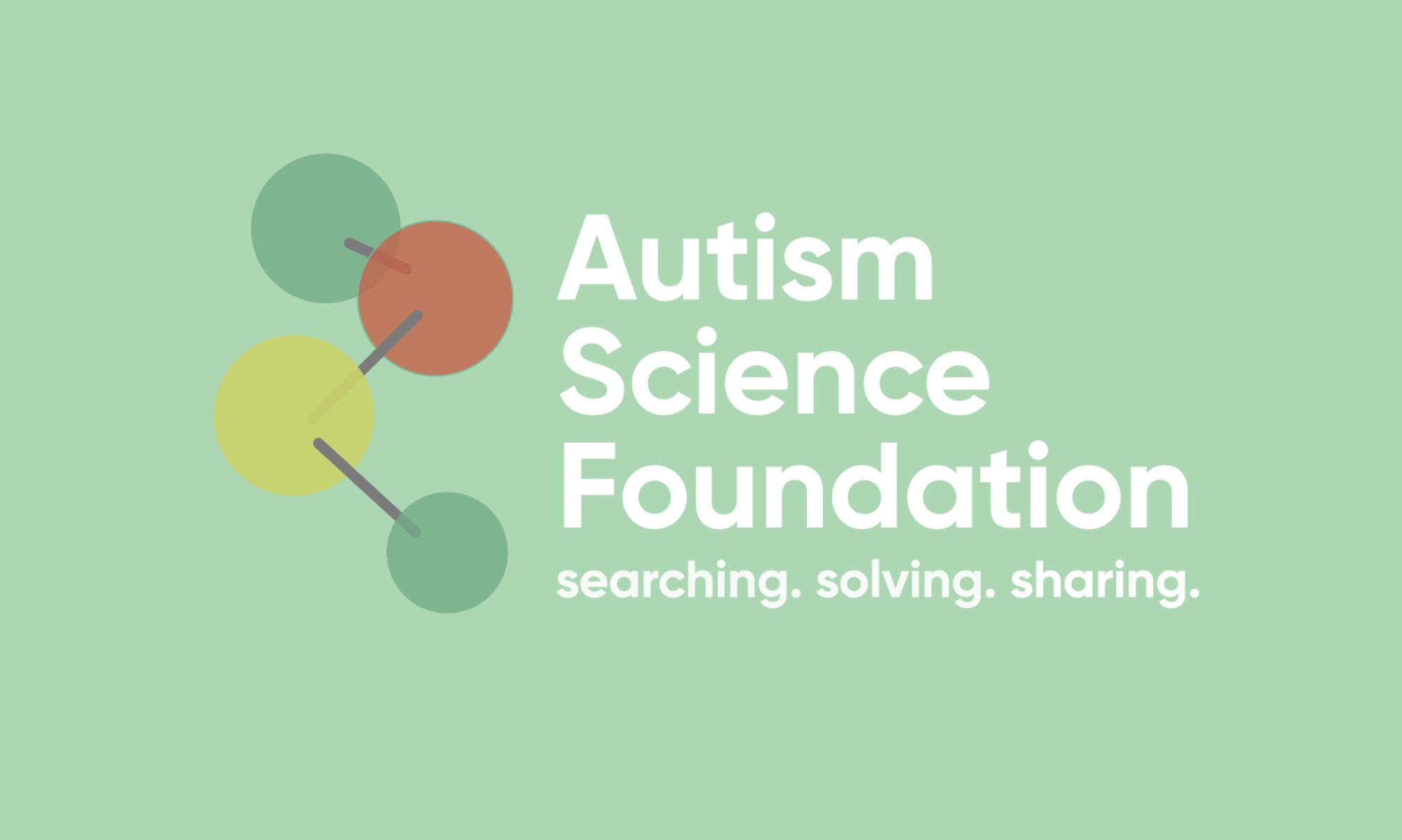Podcast: Play in new window | Download
Subscribe: RSS
New Technologies, New Data, New Solutions
This year’s progress in autism research includes promising findings, clarifications, explanations, and the uncovering of new avenues of inquiry. The focus is now on personalized medicine: finding the right treatment for the right person at the right time through targeted interventions. Advances in technology and genetic testing are opening new avenues for therapeutics, rapid drug testing, and improved differentiation of subgroups of autism.
